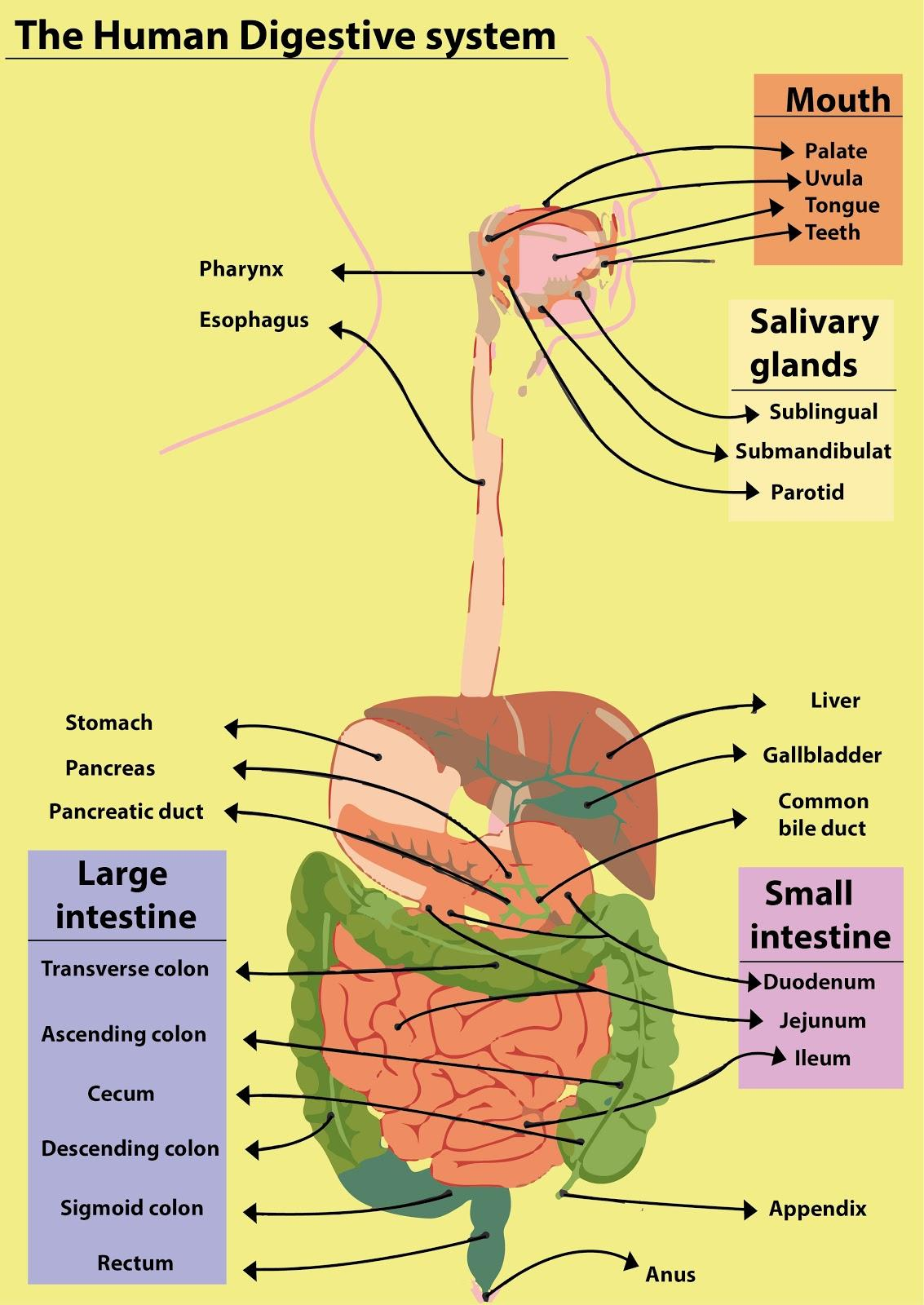
The human body is a complex machine that consists of multiple organs, each with its own function. The rib cage is one of the essential parts of the human body that houses several vital organs that are necessary for the body's functioning. The rib cage is a bony structure that surrounds the thoracic cavity and protects the organs that lie within it.
The Heart

The heart is one of the essential organs in the human body, and it lies beneath the rib cage, in the center of the chest. It is responsible for pumping blood throughout the body, and it is vital for survival. The heart has four chambers, and each chamber has its own function. The left side of the heart pumps oxygen-rich blood to the body, while the right side pumps oxygen-depleted blood to the lungs to get oxygenated.
The Lungs

The lungs are a pair of spongy organs that are located on either side of the chest, underneath the rib cage. The lungs are responsible for taking in oxygen and expelling carbon dioxide. The lungs are divided into lobes, and each lobe has its own function. The right lung has three lobes, while the left lung has two lobes.
The Liver

The liver is the largest internal organ in the human body, and it is located just beneath the rib cage on the right side of the body. The liver has several functions, including filtering blood, producing bile, and metabolizing nutrients. The liver is also responsible for detoxifying the body and breaking down drugs and alcohol.
The Spleen

The spleen is an organ that is located on the left side of the body, just beneath the rib cage. The spleen is responsible for filtering blood and removing old or damaged red blood cells. The spleen also plays a role in the immune system by producing white blood cells and antibodies.
The Pancreas
The pancreas is an organ that is located behind the stomach, and it lies beneath the rib cage on the left side of the body. The pancreas has two main functions: producing digestive enzymes that help break down food and producing hormones that regulate blood sugar levels. The pancreas plays a crucial role in the digestive and endocrine systems.
The Kidneys

The kidneys are two bean-shaped organs that are located on either side of the spine, just below the rib cage. The kidneys are responsible for filtering waste from the blood and regulating fluid balance in the body. The kidneys also play a role in regulating blood pressure and producing hormones that stimulate the production of red blood cells.
The Stomach
The stomach is an organ that is located in the upper abdomen, just beneath the rib cage. The stomach is responsible for breaking down food and mixing it with digestive juices to create a liquid mixture called chyme. The stomach also plays a role in regulating the release of food into the small intestine for further digestion.
The Gallbladder
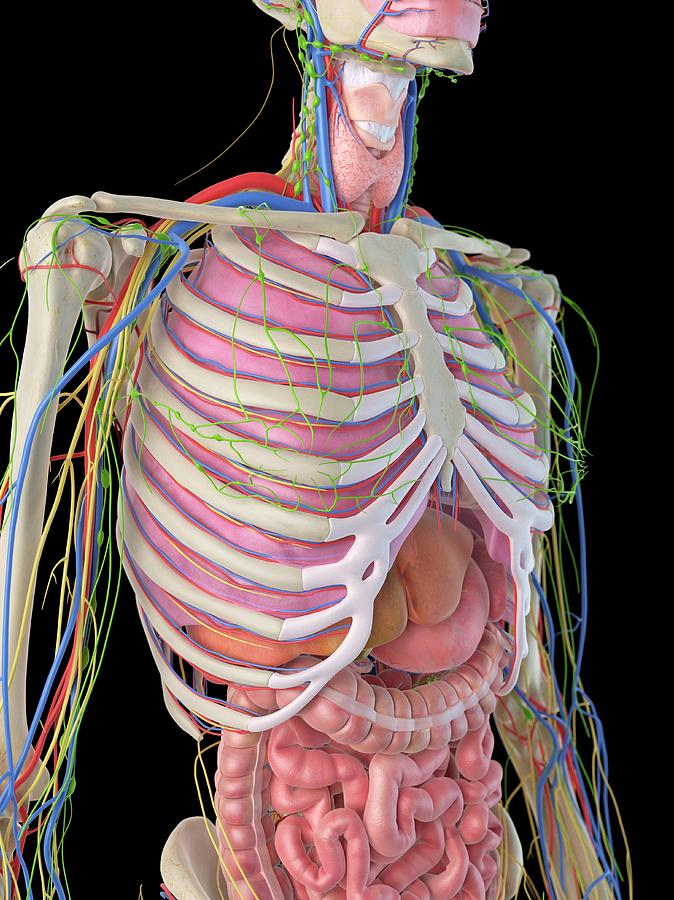
The gallbladder is a small organ that is located beneath the liver, just beneath the rib cage on the right side of the body. The gallbladder is responsible for storing and releasing bile, which is produced by the liver and helps to break down fats in the small intestine. The gallbladder plays a crucial role in the digestive system.
The Intestines

The intestines are a long, tube-like organ that is located in the abdomen, just beneath the rib cage. The intestines are responsible for absorbing nutrients from digested food and eliminating waste products from the body. The intestines are divided into two sections: the small intestine and the large intestine.
The Adrenal Glands

The adrenal glands are two small glands that are located on top of each kidney, just beneath the rib cage. The adrenal glands are responsible for producing hormones that regulate the body's response to stress, including cortisol and adrenaline. The adrenal glands also play a role in regulating blood pressure and maintaining fluid balance.
The Diaphragm

The diaphragm is a sheet of muscle that is located just beneath the rib cage and separates the chest cavity from the abdominal cavity. The diaphragm plays a crucial role in breathing by contracting and relaxing to create changes in pressure that allow air to flow in and out of the lungs.
The Esophagus

The esophagus is a muscular tube that connects the mouth to the stomach, and it lies beneath the rib cage in the chest. The esophagus is responsible for transporting food from the mouth to the stomach for further digestion. The esophagus has a series of muscles that contract in a wave-like motion to move food down towards the stomach.
The Thymus
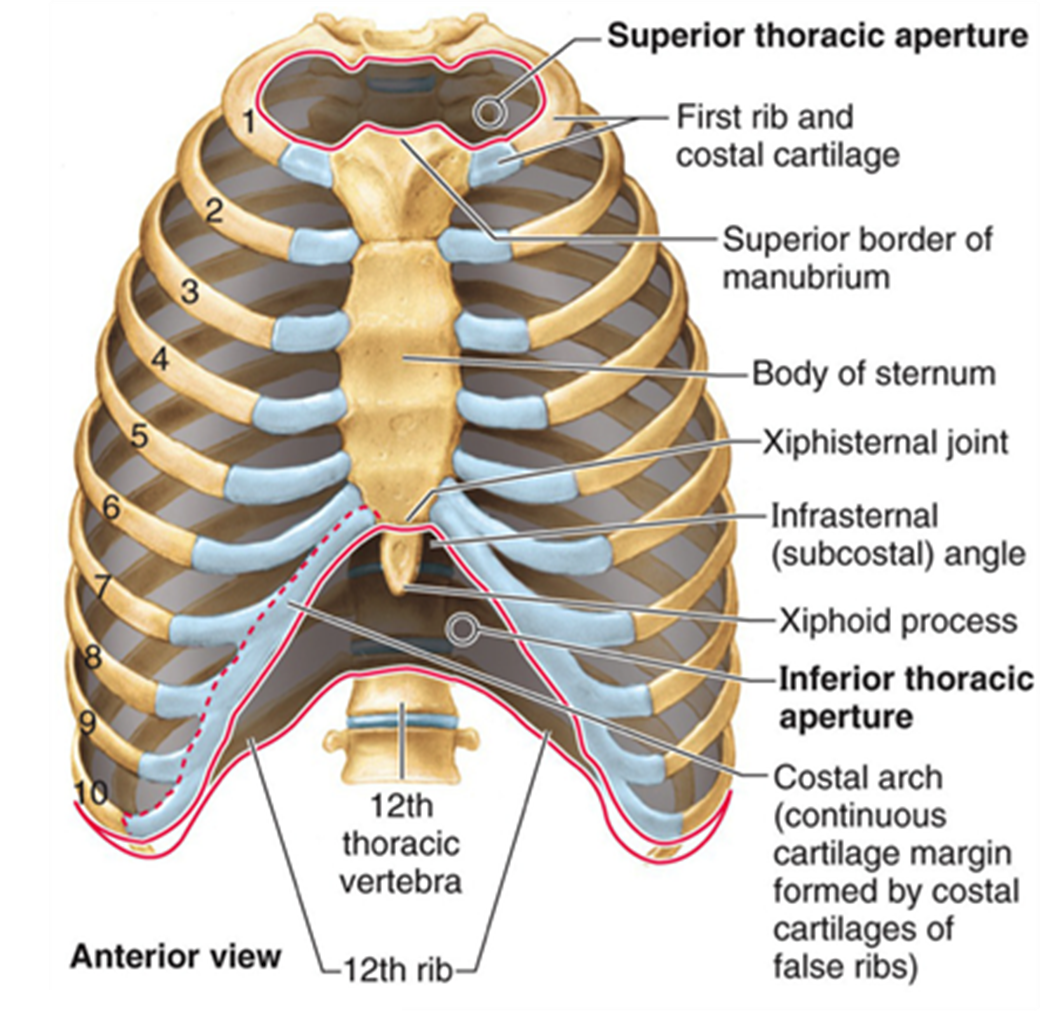
The thymus is a small organ that is located in the upper chest, just beneath the rib cage. The thymus plays a crucial role in the immune system by producing T-cells, which are white blood cells that help to fight off infections and diseases. The thymus is most active during childhood and adolescence and begins to shrink in size as we age.
The Psoas Major Muscle

The psoas major muscle is a long, thick muscle that is located on either side of the lumbar spine, just beneath the rib cage. The psoas major muscle is responsible for flexing the hip joint and stabilizing the spine. The psoas major muscle can become tight or strained due to prolonged sitting or poor posture, leading to lower back pain.
The Quadratus Lumborum Muscle
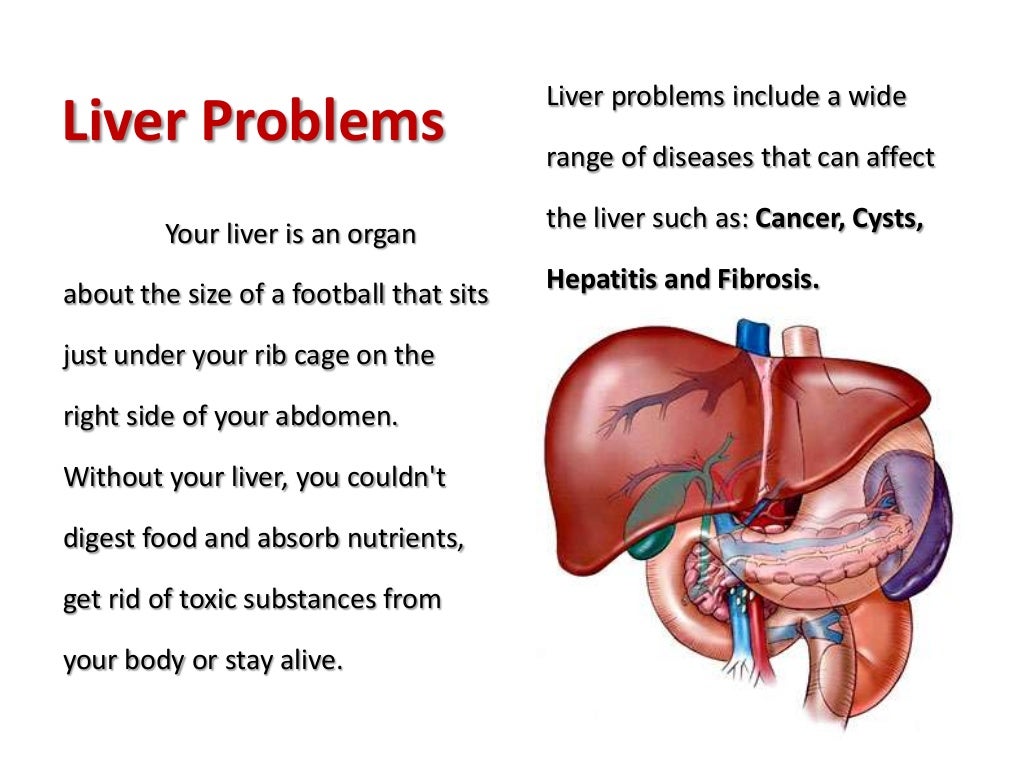
The quadratus lumborum muscle is a deep muscle that is located on either side of the lumbar spine, just beneath the rib cage. The quadratus lumborum muscle is responsible for stabilizing the spine and pelvis and assisting with lateral bending and rotation of the trunk. The quadratus lumborum muscle can become tight or strained due to poor posture or overuse, leading to lower back pain.
The Ribs
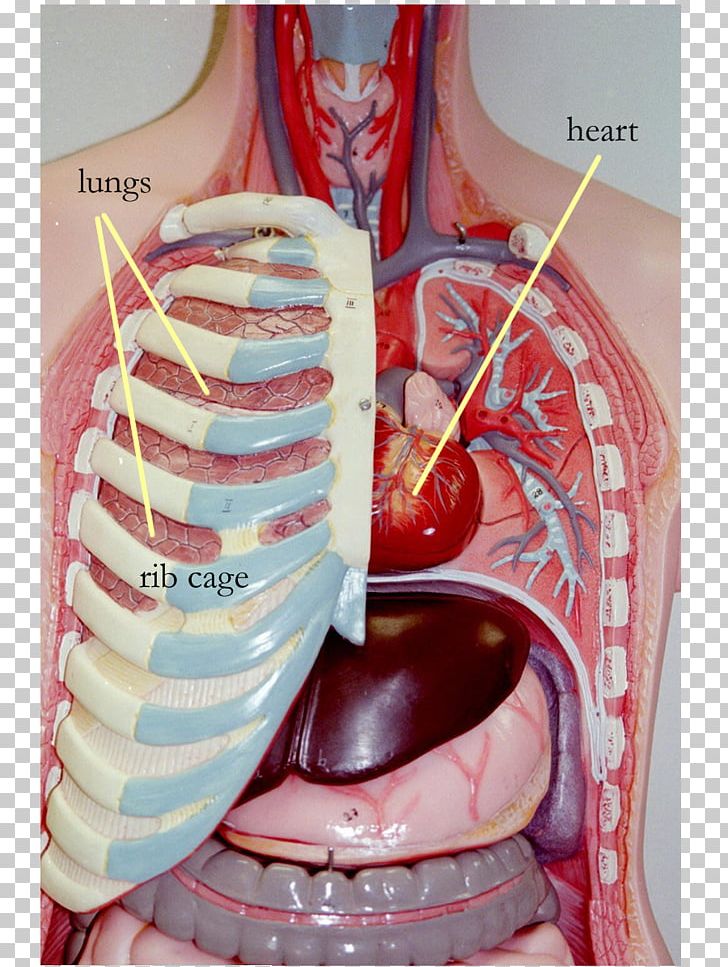
The ribs are a series of bones that form the rib cage, which surrounds the thoracic cavity and protects the organs within it. The rib cage is made up of 12 pairs of ribs, and each rib attaches to the spine and curves around to the front of the body. The ribs play a crucial role in protecting the internal organs and supporting the upper body.
In Conclusion
The organs that lie beneath the rib cage are essential for the body's functioning and survival. Each organ has its own function, and they work together to keep the body healthy and functioning correctly. It is crucial to take care of these organs by maintaining a healthy diet, exercising regularly, and seeking medical attention if any problems arise. By doing so, we can keep our bodies functioning at their best and live a long and healthy life.